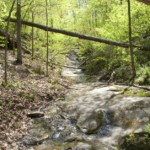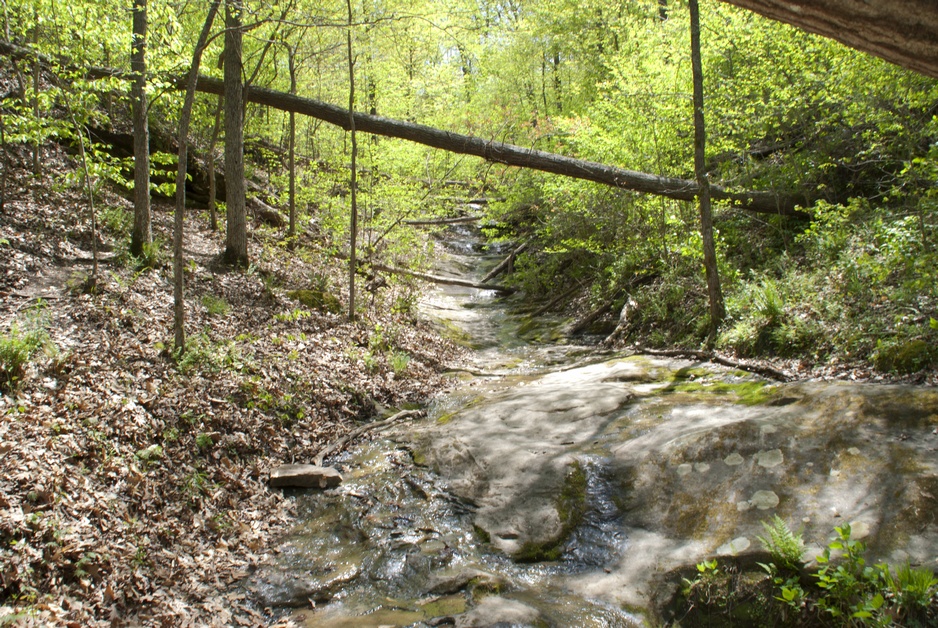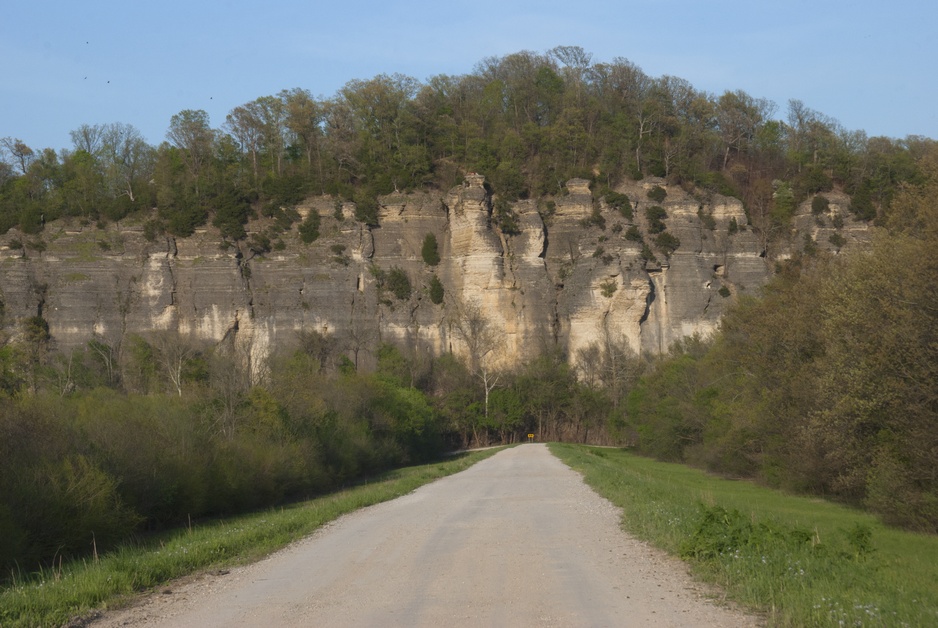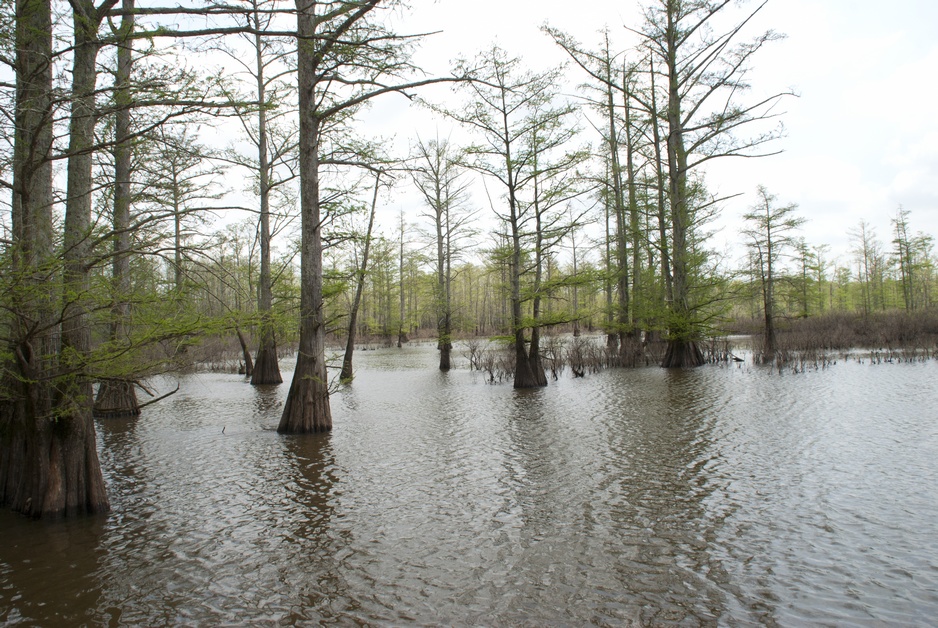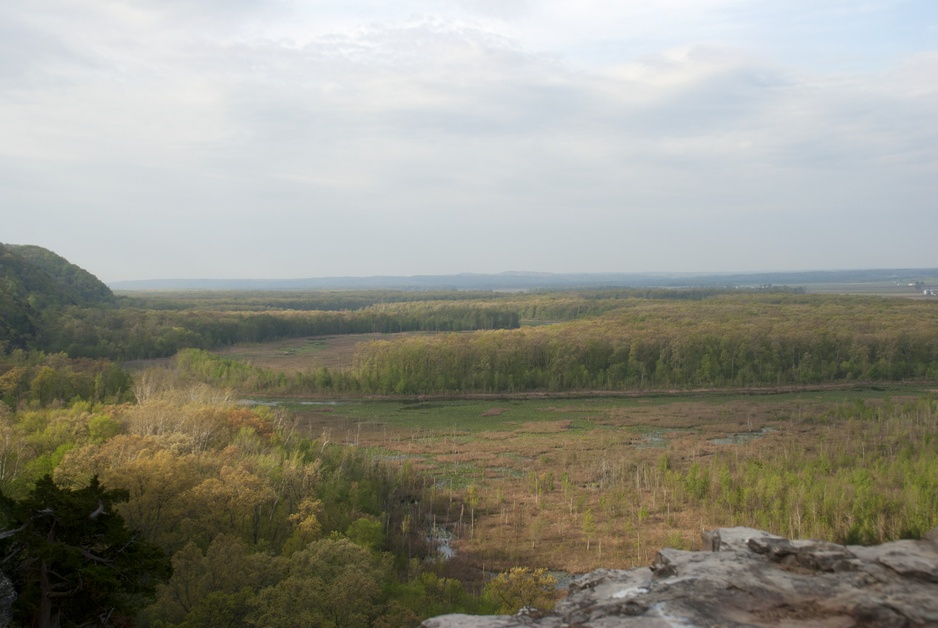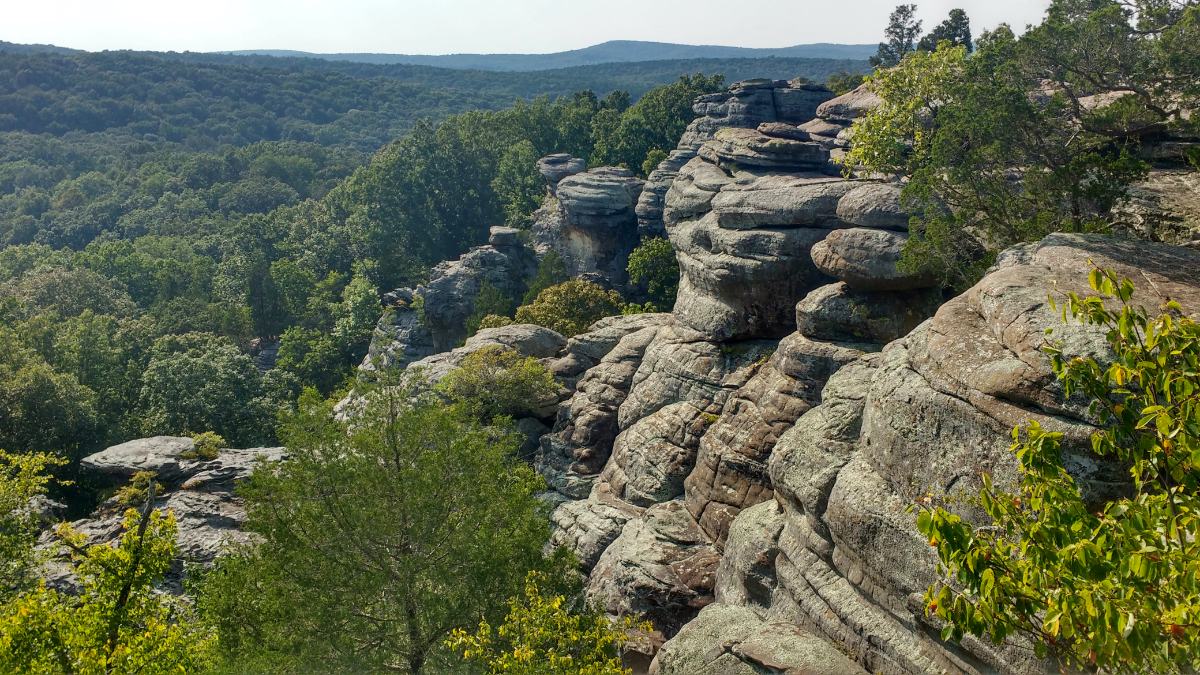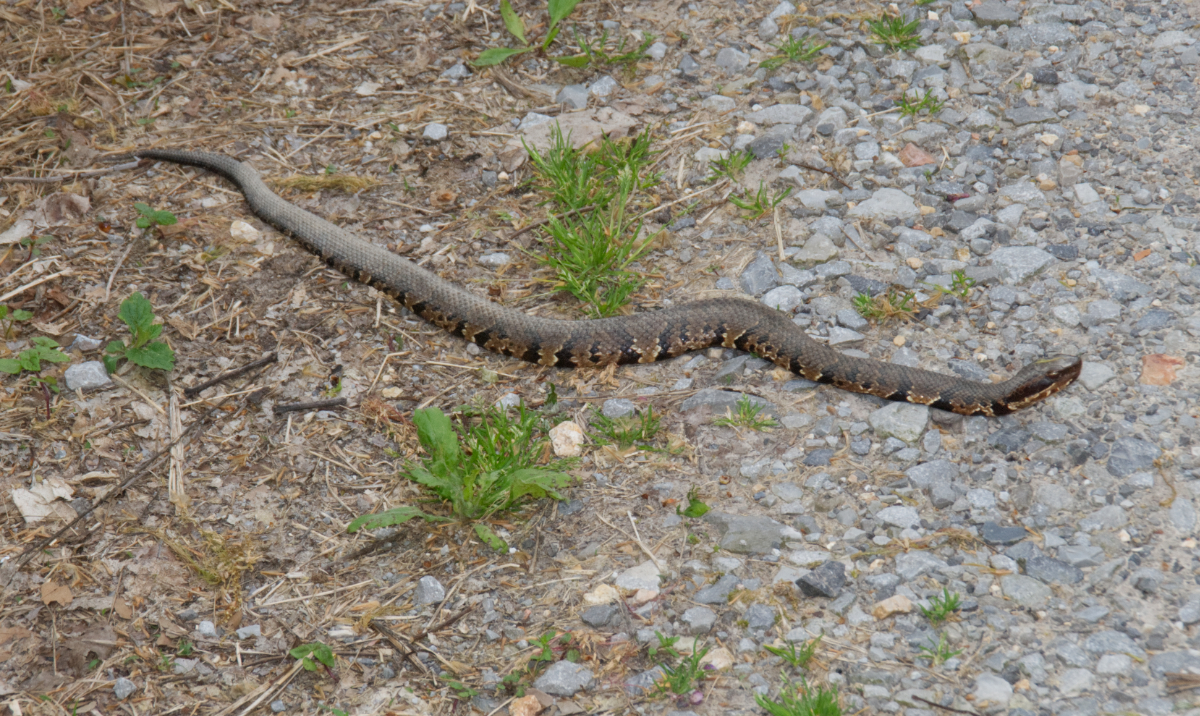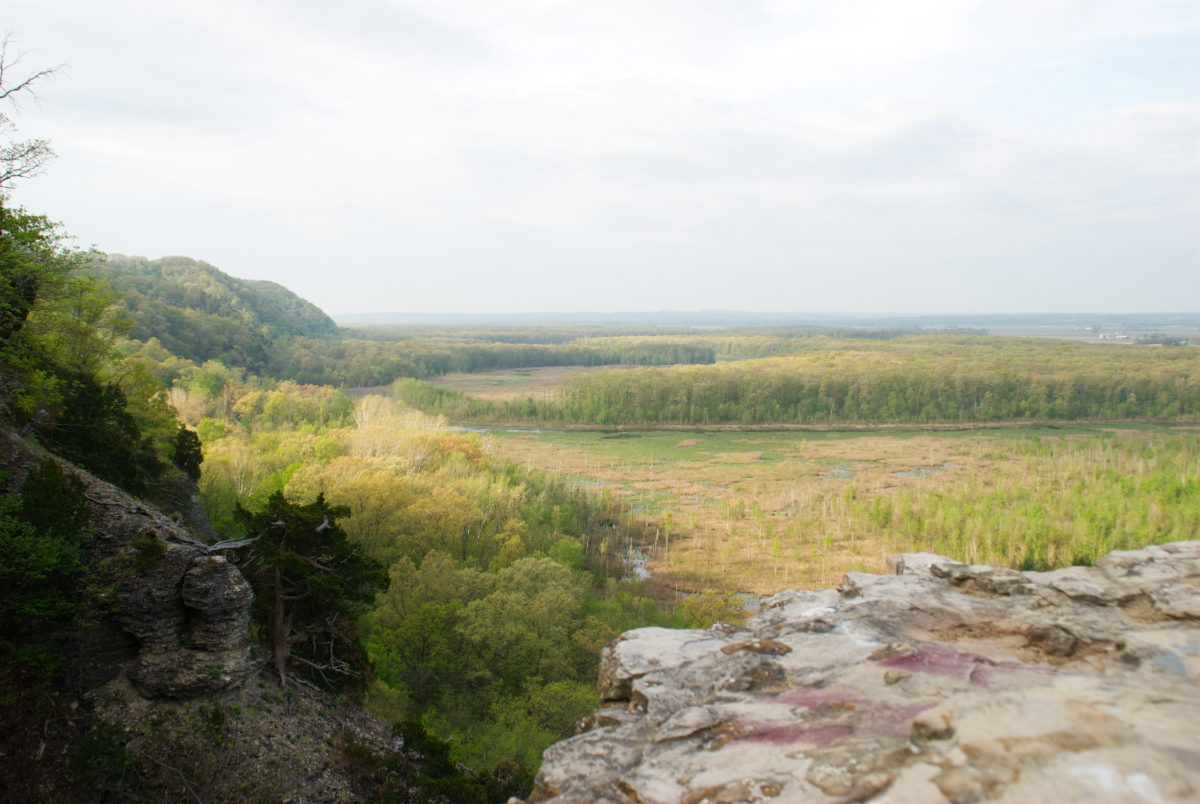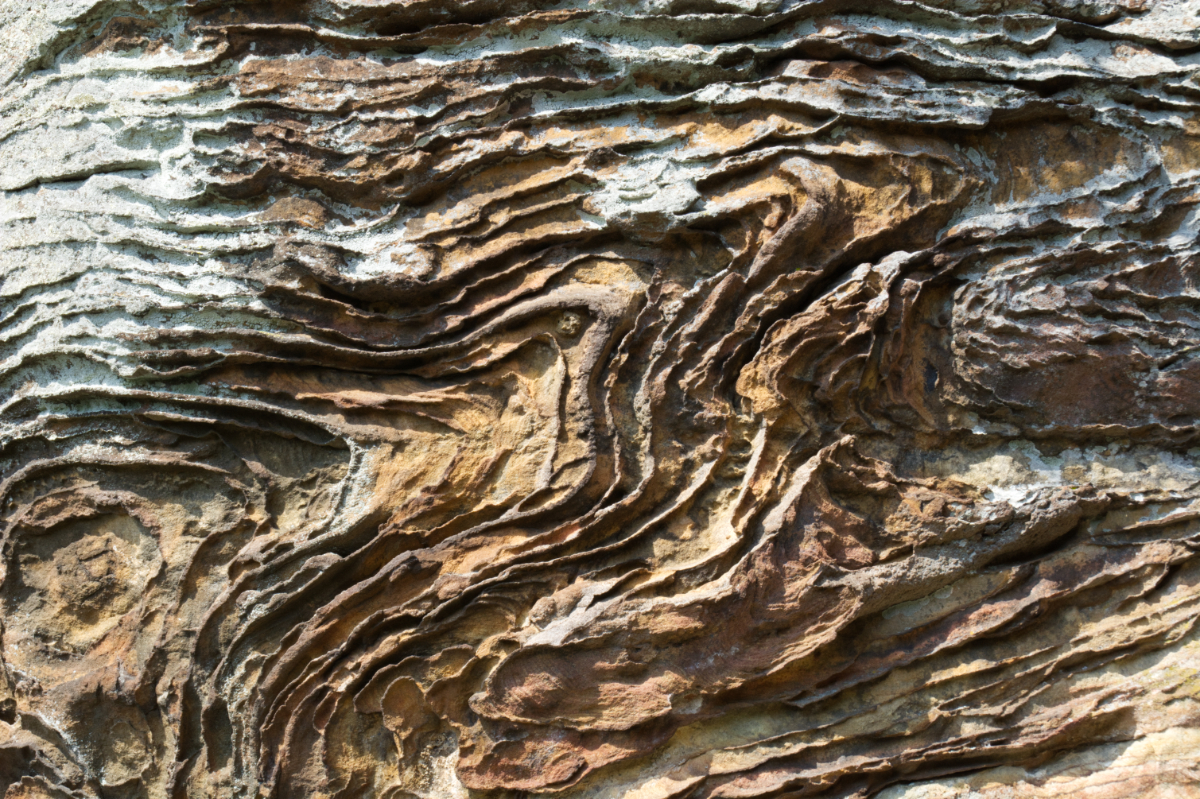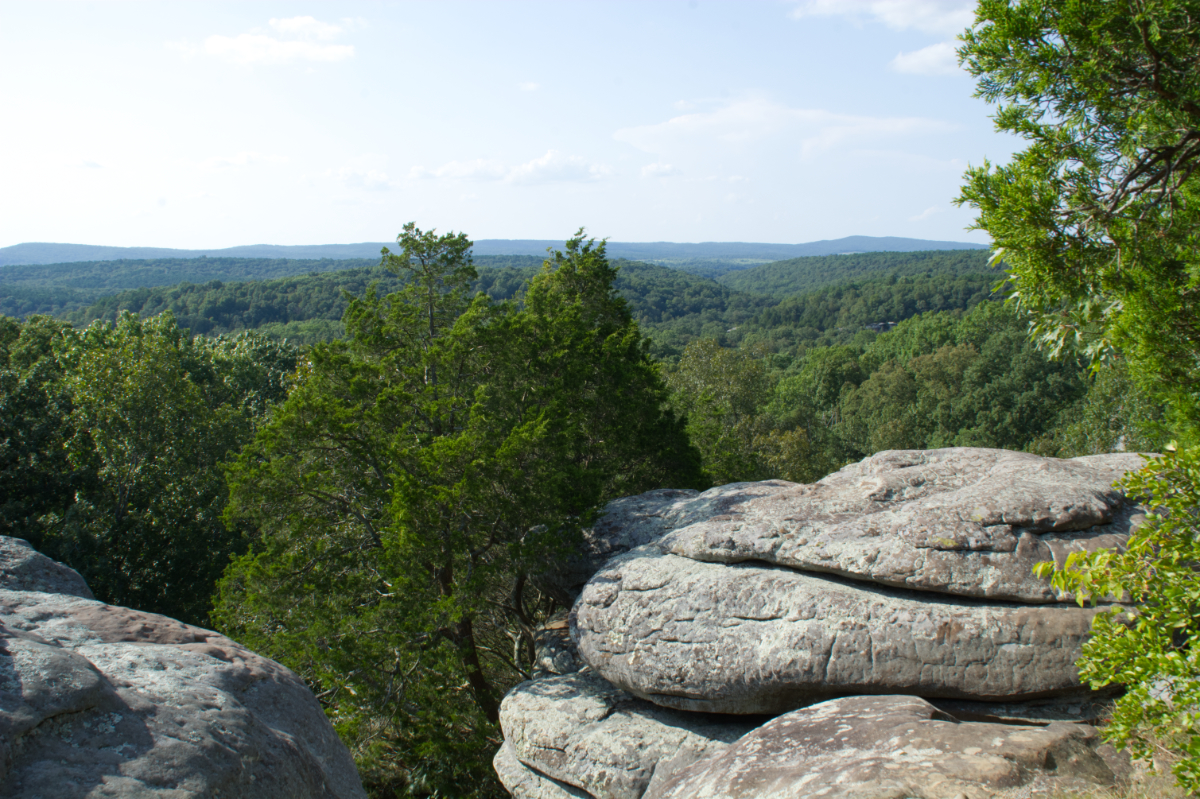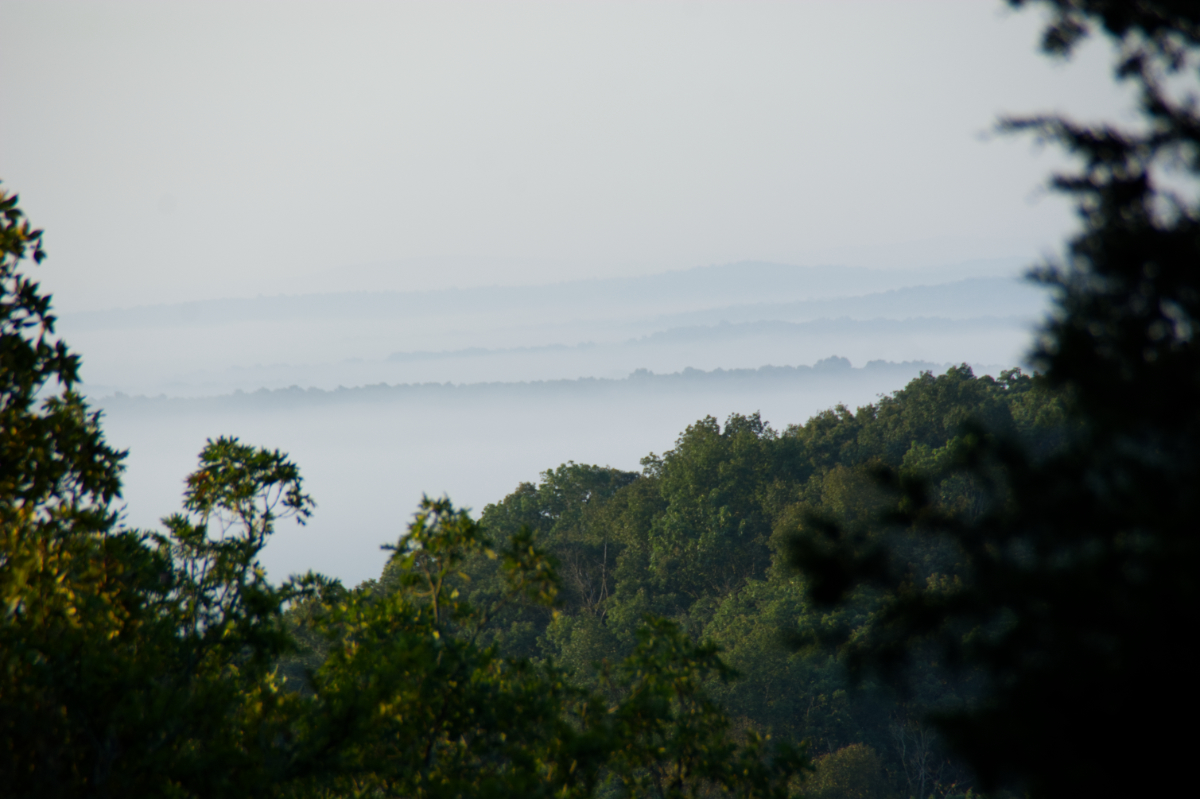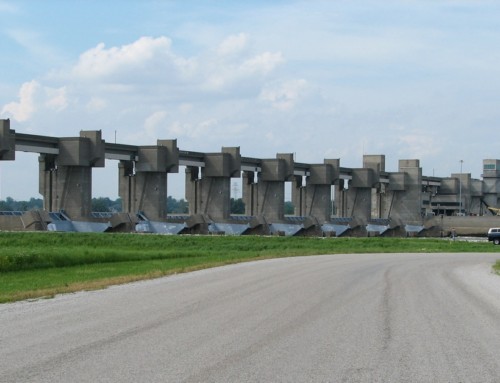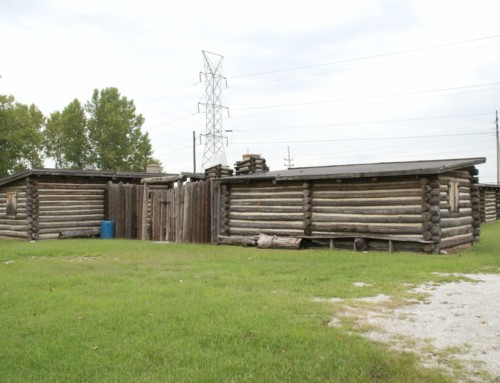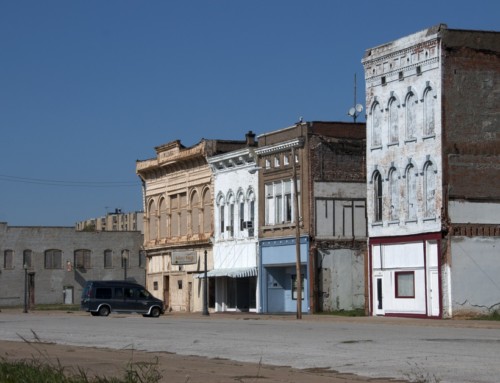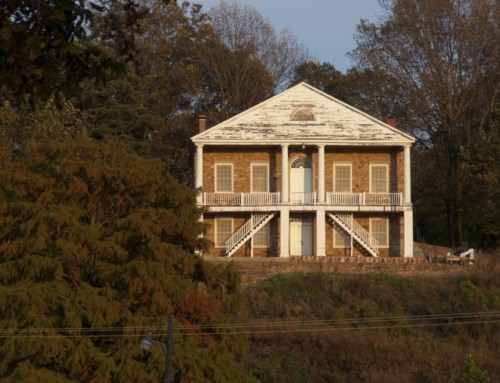Introduction
Whether you’re passing through on a day trip or sticking around for a few days, there are many ways to experience Shawnee National Forest. An extensive trail system means you can hike or ride a horse on trails that range from easy to challenging. Lakes and rivers offer good fishing, swimming, and paddling. Birds are abundant and easy to spot all year. Many areas are open to hunting for specific seasons. On top of all that, the national forest offers camping in developed areas, as well as backcountry sites. And if that’s still not enough, the growing number of wineries and craft breweries offer yet another reason to spend time in the area.
This post focuses mostly on the western sections of Shawnee National Forest, which are the areas closest to the Mississippi River.
Visitor Information
Get your questions answered at the Mississippi Bluffs Ranger Station in Jonesboro, Illinois (521 N. Main St.; 618.833.8576) or the Forest Headquarters in Harrisburg, Illinois (50 Highway 145 South; 618.253.7114).
History
The rolling terrain and thick forests of the Ozark and Shawnee Hills spread across southern Illinois, covering much of the land between two of the largest rivers in North America, the Ohio and Mississippi. Glaciers never reached the area, but they came close— the Illinois Episode of the Pleistocene Epoch got within a few miles. Still, melting waters from the retreating glaciers carved deep canyons through some of the sedimentary rocks.
The area remains ecologically diverse, just less than before humans tried to convert the land for agricultural use. The region is still rife with plant and animal life in several distinct types of habitat, from wetlands to prairies to forests at different elevations. Common trees include oak, cypress, gum, sycamore, walnut, persimmon, hickory, dogwood, catalpa, and maple. Caves are common, which is part of the reason that nearly a dozen species of bat live in the region.
Humans have been enjoying the area for nearly 12,000 years, just not always wisely. Ancient stone forts a thousand years old line the tops of some hills. Shawnee and Illinois Indians lived in the region when Europeans began moving in. In the 19th century, the old forests were cleared for farming, but the soil was thin and not especially fertile, so most of the farms failed.
It’s not been an easy place to make a living, partly because farming was so difficult. Mining created jobs in a few places, but those fluoride, lead, and zine mines are a thing of the past, and the remaining coal mines probably won’t be around a lot longer. There are a few limestone quarries still operating in the area. Agriculture shifted from growing crops to livestock, which is still a viable living for a few people. Still, the poverty rate in the region is about twice as high as in other parts of Illinois, and the region’s population remains rather small.
The federal government created Shawnee National Forest in 1933 and began buying the farms that had failed. At the end of the Great Depression, armies of men working for the Civilian Conservation Corps planted trees by the tens of thousands as the first step in re-foresting the land. As a result, tourism and recreation are increasingly important to the local economies.
Exploring the Area
The route for this chapter cuts through the Mississippi Bluffs Ranger District (Jonesboro: 521 N. Main St.; 618.833.8576), which includes two designated wilderness areas.
- Bald Knob is near Alto Pass and has a hiking trail through a rugged, forested area.
- Clear Springs is just off Pine Hills Road near Wolf Lake, Illinois; it includes some of the bluffs along the Mississippi Valley, so the trails include a good view or two of the floodplain.
If you’re looking for other opportunities to stretch your legs, the national forest has a trail to match your ambition:
- If you’re feeling ambitious, the River to River Trail runs 176 miles from the Ohio River (near Elizabethtown) to the Mississippi River (Grand Tower) through rugged terrain. You aren’t obligated to do the whole trail at once, of course. It can be a challenging hike in summer, a fact noted in one document I read: “August is recommended only for those who desire rapid weight loss and enjoy the feeling of cobwebs on their skin.”
- If you want a decent challenge but only have an hour or two, the Little Grand Canyon offers 2.7 miles of amazing scenery. It’s not an easy hike, though, as the footing is slippery in some places and you have to hike uphill at times.
- The views of the bottomlands and cultivated fields from Inspiration Point live up to the name; you can walk an easy half-mile or so from the upper parking lot or take a more strenuous uphill hike from the lower parking lot.
TIP: Several outfitters arrange horse-backing tours through the National Forest; call or visit the forest office for a current list (Jonesboro: 521 N. Main; 618.833.8576).
Just a little east of these sites, Giant City State Park (Makanda: 235 Giant City Rd.; 618.457.4836) has remnants of stone forts built by Native Americans, some of which were originally built as long as 1,400 years ago. They were probably built for ceremonial purposes rather than defense, but they were also occupied at times. Some of the structures were rebuilt in the 1930s and can be viewed in the park.
There are several places where you can visit remnants of the swamps that once covered much of Southern Illinois; most are in the Cache River Watershed. Cypress Creek National Wildlife Refuge (618.634.2231) has a couple of hiking trails and boat ramps among its 16,000 acres.
In addition, look for the Cache River Auto Tour brochure that details over a dozen places where you can tour parts of the old swamp along the Cache River, like the boardwalk at Section 8 Woods (Highway 37 south of the Henry Barkhausen Cache River Wetlands Center) and the paddling opportunities at Lower Cache River Access (Perks Road west of Highway 37). If you didn’t bring a canoe or kayak with you, you can rent one from Cache Bayou Outfitters (618.201.4090); you can reserve a boat on-line, which is a good idea for summer weekends. The company also leads guided paddling trips during full moons from spring to fall.
The eastern half of Shawnee National Forest has some spectacular scenery, like the Garden of the Gods Recreation Area. You may also want to visit the old Ohio River town of Metropolis and take a few selfies with the Superman statues.
Entertainment and Events
Twice a year, in spring and fall, 2 ½ miles of LaRue Road—aka Snake Road—are closed to vehicle traffic to allow snakes to migrate between the bluffs where they winter and the swamp where they spend their summer vacations. You can park at either end and walk along the road to spot snakes making the trek. The walk is best enjoyed at a slow pace, and keep your distance, as some of the snakes are venomous (cottonmouths are common). The road is typically closed for the migration from March 15 to May 15 and again from September 1 to October 30.
**Shawnee National Forest and southern Illinois are covered in Road Tripping Along the Great River Road, Vol. 1. Click the link above for more. Disclosure: This website may be compensated for linking to other sites or for sales of products we link to.
Where to Eat and Drink
Wine! There’s a whole cluster of wineries in the hills and valleys of southern Illinois, six just along the loop drive detailed in this book. Try them all (in moderation, of course)! Fall is the busiest time to tour, so plan ahead if you want to stay the night in the area. Here are a few to check out:
- Kite Hill Vineyards (Carbondale: 83 Kite Hill Rd.; 618.684.5072)
- Pomona Winery (Pomona: 2865 Hickory Ridge Rd.; 618.893.2623)
- Hickory Ridge Winery (Pomona: 1598 Hickory Ridge Rd.; 618.893.1700)
- Von Jakob Vineyard (Alto Pass: 230 Highway 127; 618.893.4600)
- Alto Vineyards (Alto Pass: 8515 Highway 127; 618.893.4898)
- Hedman Vineyards (Alto Pass: 560 Chestnut St.; 618.893.4923)
Beer! If beer is more your thing, you have options, too! Big Muddy Brewing is based in Murphysboro. While they don’t have a tasting room where you could check out their selections, look for their beer in bars and stores throughout the region (and even in parts of Kentucky, Iowa, Pennsylvania, New York, and New Jersey!).
Molly’s Pint Brewpub, also in Murphysboro (12 N. 13th St.; 618.967.6267), is a local pub that brews their own beer and an ethos of bringing people together.
If you’re more in the mood to sit and sample directly from a local brewer, find your way to the Scratch Brewing Company near Ava (264 Thompson Rd.; 618.426.1415). They brew beer from ingredients they grow themselves or find in the woods near them, so they create beers with flavor profiles you are unlikely to find anywhere else. They also serve pizza baked in a wood-fired oven, but if you’re starving, call ahead to make sure they are available; they sometimes sell out.
For one more option, check out the beer (and cider) made at Von Jakob Vineyard (Alto Pass: 230 Highway 127; 618.893.4600). If you can’t visit their tasting room, look for it on the shelves of local stores.
For coffee or a light breakfast or lunch, head to Hebrewz in Jonseboro (300 W. Broad; 618.833.3000), a friendly little coffee shop with room to spread out.
17th Street BBQ in Murphysboro (32 N. 17th St.; 618.684.3722) has earned the devotion of fans of smoked meats and not just from southern Illinois; their ribs get a lot of love.
Northwest Passage & Root Beer Salon in Alto Pass (4 Main St.; 618.893.1634) offers a one-of-a-kind experience for the atmosphere. At the very least, stop for a root beer.
Where to Sleep
Southern Illinois has a lot good options for camping, although many are basic, non-electric sites. If you feel like backpacking, you can camp just about anywhere in Shawnee National Forest.
At the other end of the spectrum, there are also many cabins and vacation homes for rent; they are generally best suited for large groups or families traveling together and many require a minimum stay of two nights. My recommendations below focus on accommodations that cater more to individuals or couples, like bed and breakfasts or small inns, rather than bigger cabins and vacation homes.
Camping
There are three developed campgrounds in the Mississippi Bluffs Ranger District of Shawnee National Forest (618.833.8576):
- Johnson Creek Recreation Area (Highway 151 about four miles north of Highway 3) has twenty basic campsites with water near popular Kinkaid Lake; no showers.
- Pine Hills (Forest Road 236) has thirteen basic sites with water in a shaded area near the village of Wolf Lake; no showers.
- Well off the beaten path, Turkey Bayou offers free, basic camping next to a small lake; the campground is about seven miles from Highway 3.
Horseshoe Lake State Fish and Wildlife Area (Miller City: 21204 Promised Land Rd.; 618.776.5689) has a campground with sites that range from basic to full hookups; there’s a shower house on site.
Lodging Around Murphysboro
Mudline Lodging’s Whitetail Cabin (1396 S. Mudline Road; 618.967.2678) is a simple, affordable place with a full kitchen and two sets of bunk beds.
The Historic Hull House Inn (1517 Walnut St.; 618.305.5625) rents three rooms in a 19th-century Italianate mansion; room rentals include a continental breakfast.
Three unique units make up Kinkaid Lake Cabins (618.303.1317), which are located about a mile from the namesake Kinkaid Lake. Each is round and comes with two or three beds plus a small kitchen. Prices are quite affordable.
Lodging Around Alto Pass
Von Jakob Winery and Brewery (230 Illinois Highway 127; 618.893.4600) rents five modern rooms in two cottages on the winery grounds; each room includes a full breakfast, Jacuzzi tubs, a bottle of wine, and scenic views.
The Peachbarn Suite near Alto Pass (560 Chestnut St.; 618.893.4923) is carved out of a 1940s barn but is thoroughly up-to-date and located in a pastoral setting.
Lodging Around Jonesboro
Rustic Hideaway Cabins (60 Rustic Hideaway Lane; 618.534.0481) rents two log cabins deep in the woods. Each has a big outdoor patio, hot tub, and full kitchen.
Where to Go Next
Heading upriver? Check out communities like Thebes and Grand Tower.
Heading downriver? Check out Cairo.
Community-supported writing
If you like the content at the Mississippi Valley Traveler, please consider showing your support by making a one-time contribution or by subscribing through Patreon. Book sales don’t fully cover my costs, and I don’t have deep corporate pockets bankrolling my work. I’m a freelance writer bringing you stories about life along the Mississippi River. I need your help to keep this going. Every dollar you contribute makes it possible for me to continue sharing stories about America’s Greatest River!
Shawnee National Forest Photographs
A Song for Southern Illinois and the Shawnee National Forest Area
Southern Illinois Anthem by Chris Slone (2016)
©Dean Klinkenberg, 2018
